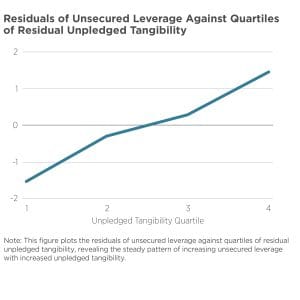Starting in 2022, central banks around the world raised interest rates more aggressively than they had in over 50 years. These policies have direct impacts on consumers. When the central bank raises interest rates, mortgage rates follow, along with required monthly payments, leaving families with less money for spending. In this paper, the authors investigate how the post-pandemic monetary tightening affected household spending.

The authors study this question in the context of Australia, a particularly interesting setting to study this channel of monetary policy transmission. Most Australian mortgages are adjustable-rate, meaning payments reset quickly when the central bank changes rates. This would normally make consumer spending particularly sensitive to rate hikes. However, Australian adjustable-rate mortgages have an unusual feature: “redraw facilities” that allow borrowers to park extra payments and withdraw money anytime, essentially turning their mortgages into savings accounts. Headed into 2022, households had built up unusually large savings in these accounts thanks to pandemic stimulus and lockdowns.
The authors use transaction data from a large Australian bank covering over 83,000 customers’ mortgage accounts, checking and savings accounts from November 2020 through April 2024. They compare borrowers with adjustable-rate mortgages to those with fixed-rate mortgages, tracking what happened when the Reserve Bank of Australia raised its policy rate by 425 basis points, from 0.1% to 4.35%, between May 2022 and November 2023. They find the following:
- Adjustable-rate borrowers saw their cumulative mortgage payments increase by $13,800 compared to fixed-rate borrowers between August 2022 and April 2024.
- Despite this large increase in repayments for adjustable-rate borrowers, there was little change in non-durable, durable and services spending for adjustable-rate mortgagors relative to fixed rate borrowers.
- Adjustable-rate borrowers covered 70% of their higher payments by drawing down their savings (mostly from mortgage redraw accounts). The remaining 30% came from other sources.
- Before rates started rising, households had built up substantial savings cushions. During the pandemic, extra mortgage payments averaged 42% of required payments, compared to 26% in the five years before the pandemic. Only about 7% of adjustable-rate borrowers were living paycheck to paycheck when rates started rising in 2022, down from 13% in 2018.
- The authors’ estimates suggest that if the Reserve Bank had kept rates at zero through 2024 (as originally signaled), total household spending would have been at most 1% higher at its peak, far below the 5% that standard economic models would predict.

This research underscores the importance of structural features that make mortgages liquid. The authors caution that this result is somewhat specific to this episode, when Australian mortgage holders happened to have unusually large savings buffers. In other periods when those buffers are smaller, rising rates might pack more punch.












